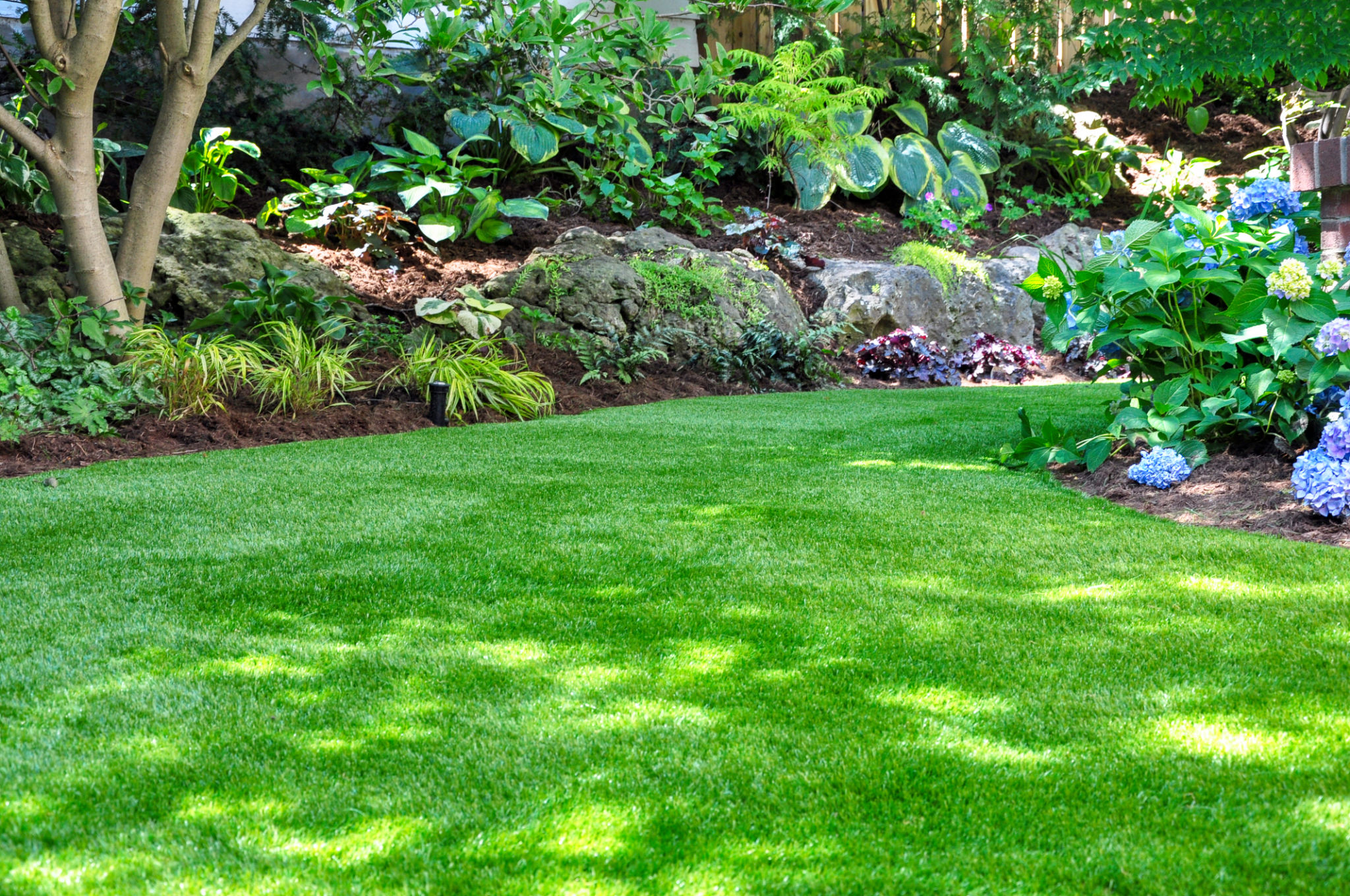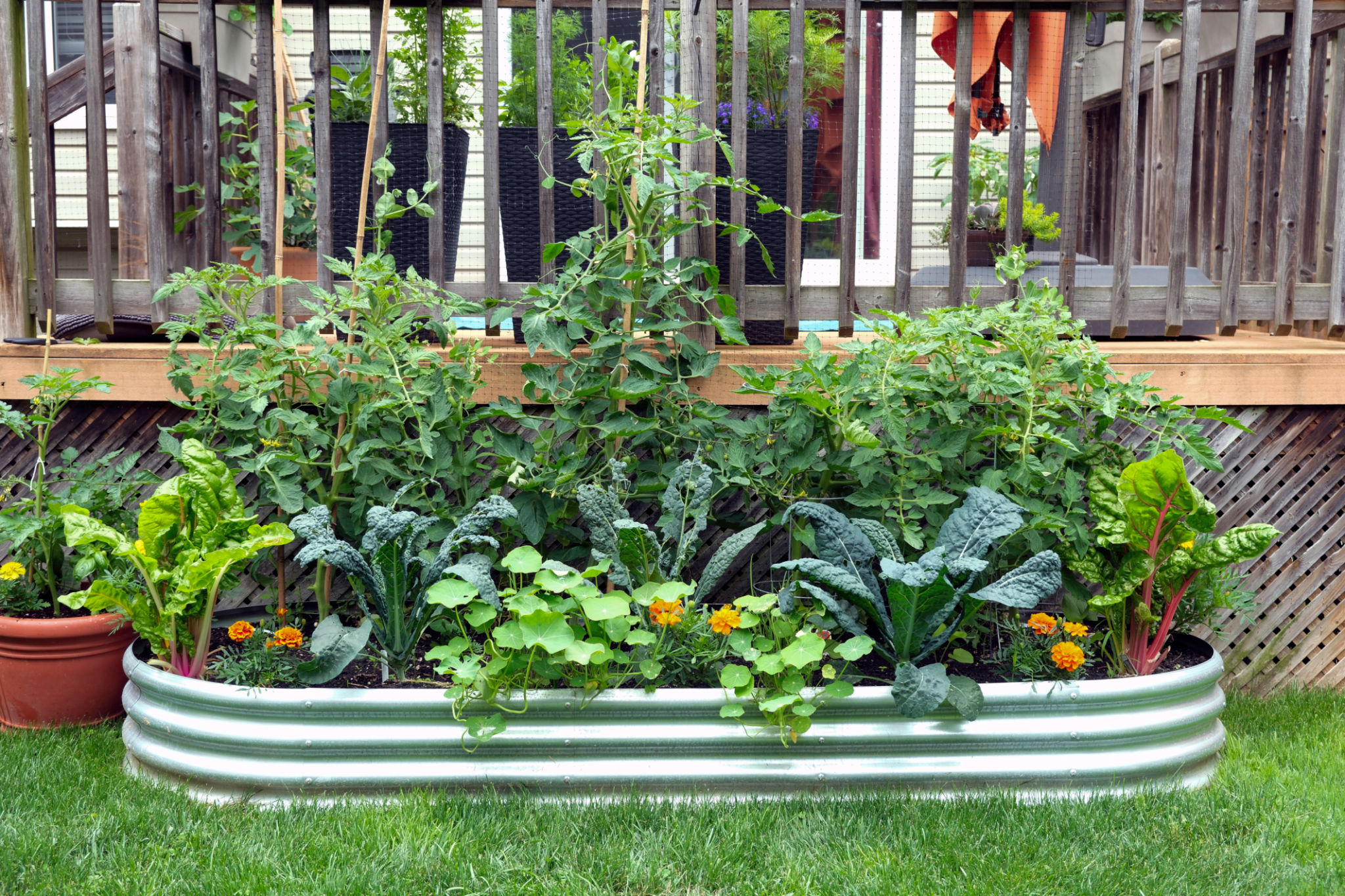Myths About Artificial Grass: What You Need to Know
Understanding Artificial Grass
Artificial grass is becoming a popular choice for homeowners who want a lush, green lawn without the hassle of regular maintenance. However, several myths persist about its use and practicality. Understanding these misconceptions is crucial for making an informed decision about whether artificial grass is right for you.

Myth 1: Artificial Grass Looks Fake
One of the most common myths is that artificial grass looks unnatural. While this may have been true in the past, modern artificial grass has come a long way. Today’s products are designed to mimic the look and feel of real grass closely. With advancements in technology, artificial grass now comes in various shades, textures, and blade shapes to provide a natural appearance.
Myth 2: Artificial Grass Is Harmful to the Environment
Another misconception is that artificial grass is detrimental to the environment. In reality, it can be more eco-friendly than natural grass. Artificial grass does not require watering, which can save thousands of gallons of water annually. Moreover, it eliminates the need for chemical fertilizers and pesticides, reducing harmful runoff into local water systems.

Myth 3: Artificial Grass Is Too Expensive
The initial cost of installing artificial grass can seem high, leading some to believe it's too expensive for the average homeowner. However, it’s important to consider the long-term savings. Without the need for regular maintenance such as mowing, watering, and fertilizing, you can save both time and money over the years.
- No need for weekly mowing or trimming
- Eliminates watering expenses
- Reduces costs related to pest control and fertilization
Myth 4: Artificial Grass Is Unsafe for Children and Pets
Safety is a top concern for families with children and pets, leading to the belief that artificial grass might be unsafe. In fact, high-quality artificial grass is designed with safety in mind. It offers a soft and cushioned surface that is perfect for play areas. Additionally, many products are made from non-toxic materials, ensuring they are safe for both kids and pets.

Myth 5: Artificial Grass Gets Too Hot
A common worry is that artificial grass becomes unbearably hot in direct sunlight. While it’s true that it may heat up more than natural grass, there are solutions available. Newer products incorporate heat-reflective technology to keep temperatures down. Additionally, simple measures such as shading or using cooling infills can make a significant difference.
- Install shading elements like trees or umbrellas
- Opt for lighter-colored infills to reflect heat
- Regularly rinse with water during extreme heat
By debunking these myths, it's clear that artificial grass offers numerous benefits without the drawbacks often assumed. From environmental advantages to cost savings and safety, it presents a viable option for anyone seeking a low-maintenance and aesthetically pleasing lawn.